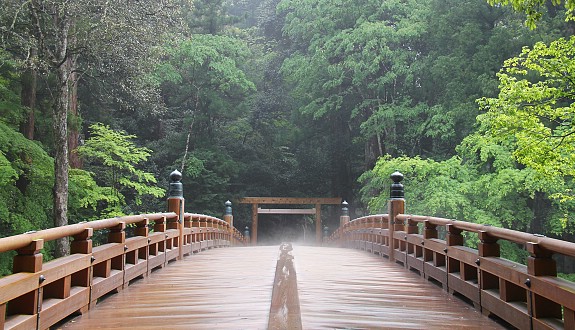Our first article this week is an interpretation of “The Image of the Human Body in Premodern India” by Dominik Wujastyk, University of Vienna.
The Taittiriya Upanishad… posits five bodies, or “atmans”: annamaya, or the physical body derived from food; pranamaya, or the body of the vital breath or airs; manomaya, or the self of the mind; vijñanamaya, or the self as a locus of knowledge; and anandamaya, or the self made of joy.
• A report of an “Interfaith Visit to the Ise Temple”, Japan’s holiest shrine, which is demolished and rebuilt every two decades in accordance with Shinto notions of death and renewal. In 2,000 years, no foreigner had witnessed the sacred ceremonies involved, until now.

• The Mystic Rose Garden (Gulshan-i Raz), a masterpiece of Sufi poetry by Mahmud Shabistari, available in annotated English translation and the Persian original.
The man who knows this secret, that all things are One, dies to self, and lives, with regenerate heart, in God. He sweeps away all that comes between God and the soul, and “breaks through to the oneness,” as Eckhart said. Good works, it is true, raise men to a “laudable station,” but so long as division and duality and “self” remain, true mystical union of knower and known is not attained.



